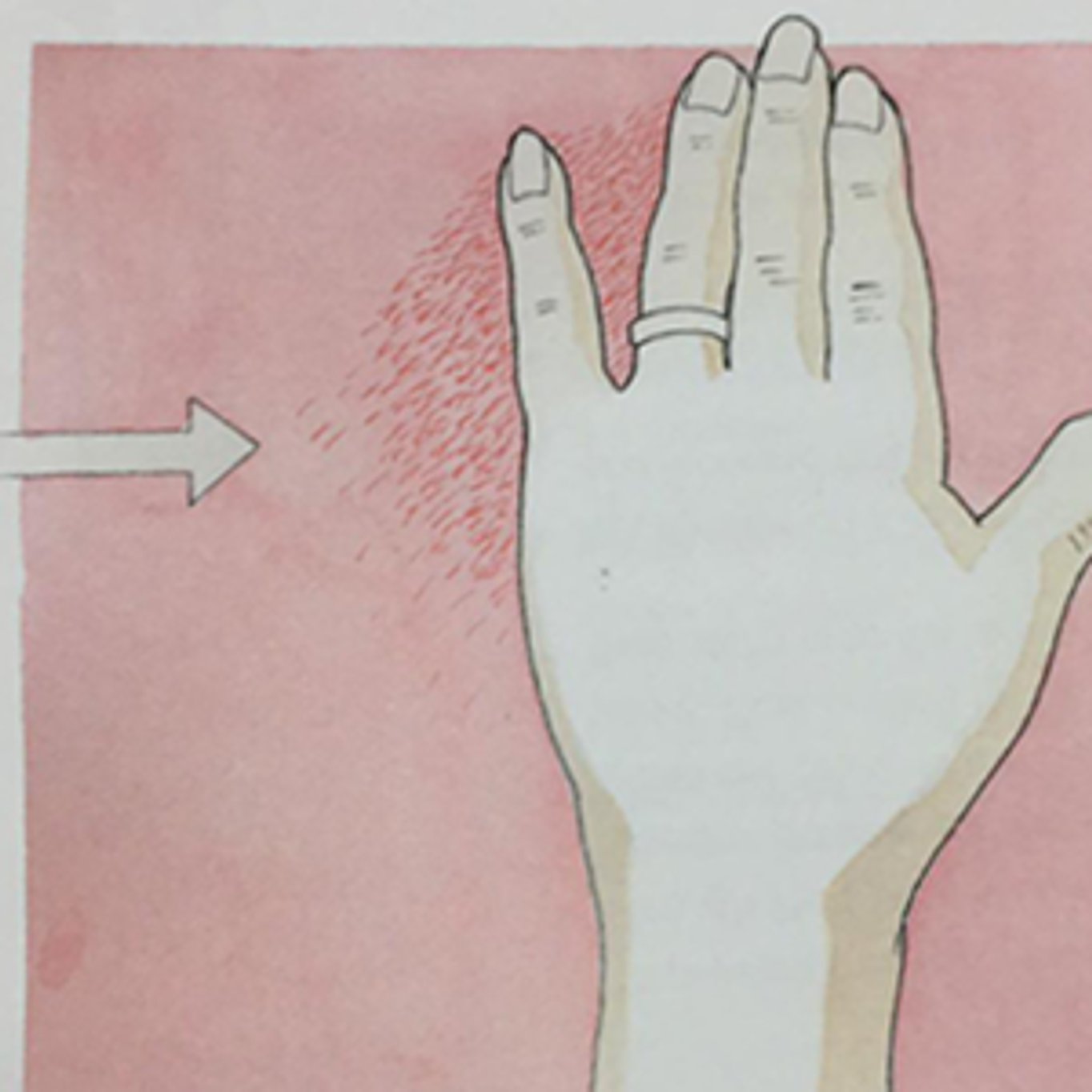
Nap refers to the raised fibers on the surface of a fabric. These fibers naturally run one direction or the other. On pile fabrics, such as corduroy or velvet, you can feel the nap. Fleece, faux fur, suede, leather, brushed cotton, some knits, terry and velveteen are all napped fabrics.
Rub your hand along the surface of the fabric. If the fabric feels rough, the nap is running in the opposite direction - you are rubbing "against" the nap. If the fabric feels smooth, you are rubbing "with" the nap. In this direction, the fabric surface is also lighter and shinier.
- It is sometimes easier to cut napped (especially pile) fabric in a single layer, as you would striped fabrics. Make sure you flip the pattern pieces when you lay out the second set, so that you have both right and left sides.
- Stitch with a standard, straight seam. For heavier fabric, use longer stitches - about 5 to 8 stitches per inch. (2.5cm).
- Hold the fabric taut when stitching, and whenever possible, stitch in the same direction as the nap.
- For fabrics that ravel, over edge-stitch or pink the edges.
- Avoid seam finishes that add bulk.
- To press, place the fabric facedown on a needleboard, terry towel, or a piece of the same fabric, so you don't crush the pile.
It is important to cut all the pattern pieces in the same direction, or "with the nap." Deciding which direction to place the pattern pieces is a matter of personal taste. Either way is fine as long as you are consistent.
TIP: To reduce bulk on heavy pile fabric, such as faux fur, trim away the extra fibers from the seam allowances.
